Read on for some great misleading turquoise information! But seriously, a couple of recent online discussions involving my boss, Rings & Things owner Russ Nobbs, tackle this ongoing problem. Rather than recap the whole conversation, can I sketch the important points?
Misleading gemstone information: Turquoise
“Chalk turquoise” can be real: In the picture below, everything is genuine turquoise… and it’s what’s often called “chalk turquoise” by miners and processors. It’s the soft, very light-blue real turquoise that has to be stabilized before you can use it in jewelry. (The blue nuggets around the big “rough” piece have been stabilized in plastic resin. In a few cases the resin did not penetrate to the center of the nugget causing the paler center in the cracked open nuggets.)
“Chalk turquoise” is often actually dyed magnesite–a completely different stone. It’s not “a form of turquoise without copper,” as some vendors falsely say. To be turquoise a stone must contain copper. Dyed magnesite is an imitation turquoise. The black “matrix” is black dye (sometimes simply black shoe polish) tumbled into the crevices of the irregular nuggets. Here is a shot of some of the colors of dyed magnesite.
Most “Tibetan” turquoise originates in China, as far as we can tell. Chinese turquoise comes in many different qualities and colors – some is used natural but most is now stabilized with resin for durability.
“Block turquoise” is the plastic imitation stuff that’s sometimes referred to as reconstituted or reconstructed turquoise. It’s NOT ground-up anything! The picture below shows blocks of man-made imitation turquoise seen in a supply shop in Bangkok in 2005. Most of this “block” turquoise was made in the US. Imitation “block” stone is made to look like many different stones including lapis, malachite, rhodonite, sugilite and dyed coral. (And even “chalk turquoise”!) 🙂
Vendors’ inaccurate (although descriptive) names are a problem for the bead industry, when they’re taken verbatim as the correct name for a mineral. At Rings & Things we made this mistake recently, when we added a green bead with brown markings as the “Afghanistan jade” that the seller called it. It was not the same as the serpentine often called “Afghan jade”, but it was very attractive and reasonably priced. On closer inspection we found it had a green coating that you could scrape off…the upshot was that these beads turned out to be more like calcite (a.k.a. “Mexican onyx”)!
With gemstones, you have to be skeptical. Rings & Things insists on this in the gemstone descriptions you see in our online store, our catalogs, and our reference work the “Gemstone Beads Index”. If you’re paying money for gemstones, we think you need to know whether they’re genuine or faux, treated or stabilized, and hopefully you should be able to identify exactly what stone they are.
What else do you want to know about turquoise–or other gemstones? Ask Russ! I promise I’ll pass along all comments you make on this blog post.

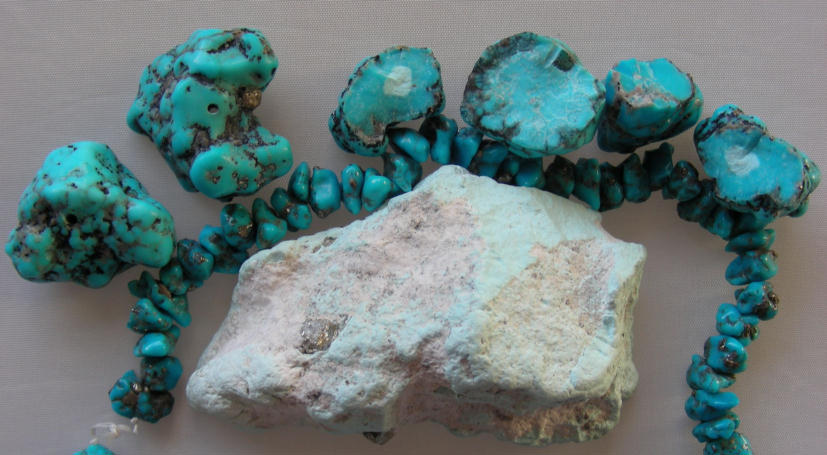

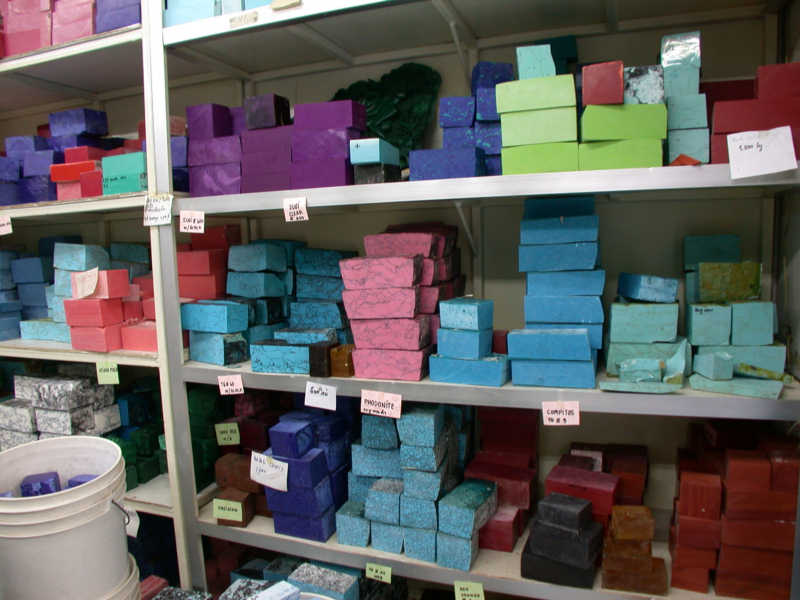

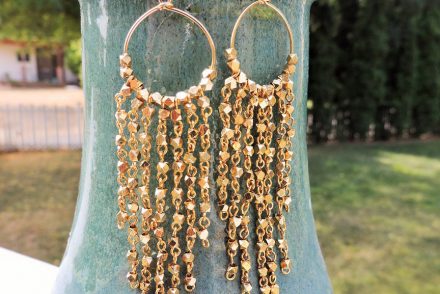
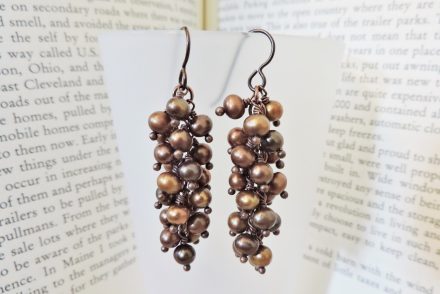
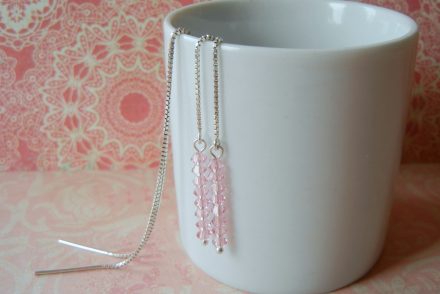
5 Comments
Thank you for this informative posting. I am particular about from whom I buy and what I buy; and if you read the descriptions that I include with the jewelry I sell, you will understand that I research the gemstones I work with. In fact, that is the fascination with gemstones, besides their beauty, where they come from and how they came to be is important. So chalk and chinese turquoise, though colored and stabilized can be labeled natural turquoise, is that right? I wish vendors and jewelry designers would identify magnesite correctly and not label it turquoise. Thank you for setting high standards.
Arggh! I just noticed Regina’s question, years later!
Stabilized turquoise should be described as “stabilized genuine turquoise.” It is real turquoise but it is not natural as it has been enhanced with resins to make it harder and to deepen the color.
It does not matter if it starts out as rough material from China, Mexico, Arizona, Nevada or New Mexico, once stabilized it is no longer natural.
Be careful with the name “chalk turquoise.” I’d avoid it and leave it for the miners and processors to use in the trade. Too many sellers have used that name to refer to dyed magnesite or imitation “block” turquoise. The name it tainted when used by bead and jewelry sellers.
–Russ
Thanks for posting this. Thank you for your honesty about turquoise and magnesite. (altho i knew you knew your stuff) it is easy to be trusting when you are buying from a supplier – you have to have faith they know what they are selling to you. I have learned the hard way thru a few buys from not so honest vendors.
I have never been disappointed in the quality or the descriptives of the supplies I buy from ya’all!!!
I need acrilic stone bar diferent colors
Hi Salomon,
We don’t sell anything like that, but our moderator has approved your comment here in case someone else who reads this article knows where you can find acrylic or resin faux gemstone bars. I’m guessing that you want them for inlay? ~Polly, Rings & Things